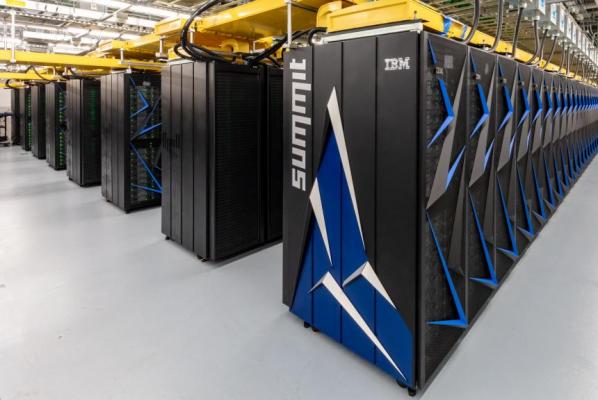
June 10 (UPI) — The U.S. now has the world’s most powerful supercomputer, the U.S. Department of Energy announced.
The computer, called Summit, is housed at the department’s Oak Ridge National Laboratory in Oak Ridge, Tenn. Summit’s performance can top out at 200,000 trillion calculations per second, or 200 petaflops, the lab said in a release Friday.
The Massachusetts Institute of Technology’s Technology Review reported the computer is 60 percent faster than the supercomputer that was previously the world’s most powerful. That computer is called the Sunway TaihuLight and is housed in Wuxi, China.
“Today’s launch of the Summit supercomputer demonstrates the strength of American leadership in scientific innovation and technology development. It’s going to have a profound impact in energy research, scientific discovery, economic competitiveness and national security,” Secretary of Energy Rick Perry said in a statement.
The New York Times reported, however, that China has more supercomputers than any other nation. Summit cost $200 million to build, the Times reported.
Summit could be used in some projects this year. The lab said it will allow researchers to tie techniques like machine learning and deep learning to confront problems in areas that include health, physics and materials discovery.
The supercomputer has more than 10 petabytes of memory, the lab said.
“Summit takes accelerated computing to the next level, with more computing power, more memory, an enormous high-performance file system and fast data paths to tie it all together. That means researchers will be able to get more accurate results faster,” said Jeff Nichols, the lab’s associate laboratory director for computing and computational sciences. “Summit’s AI-optimized hardware also gives researchers an incredible platform for analyzing massive datasets and creating intelligent software to accelerate the pace of discovery.”






